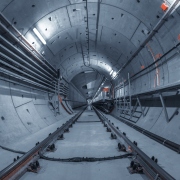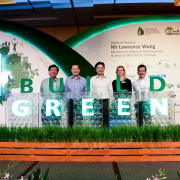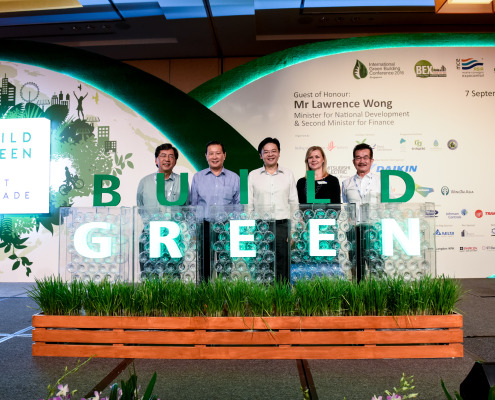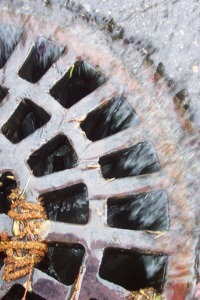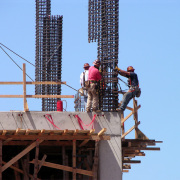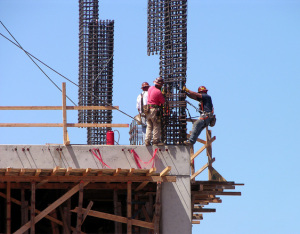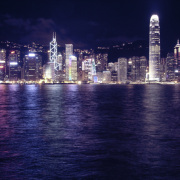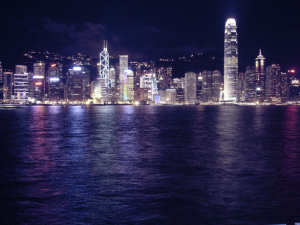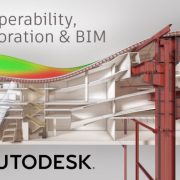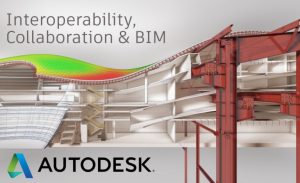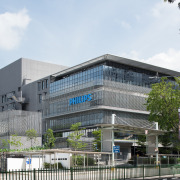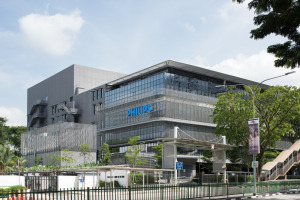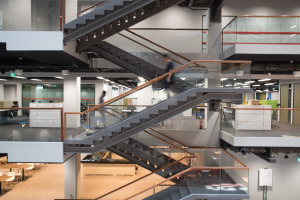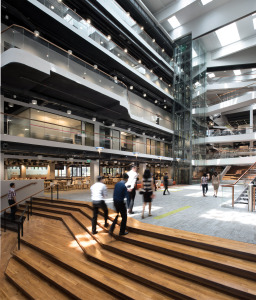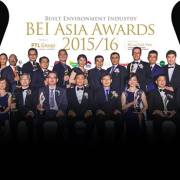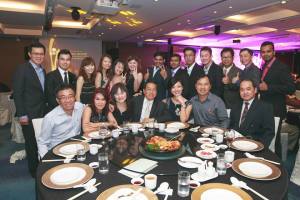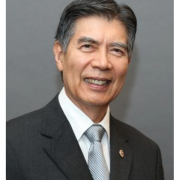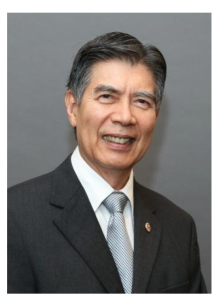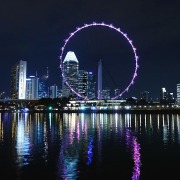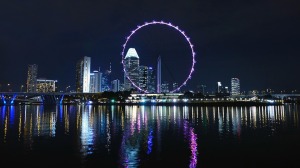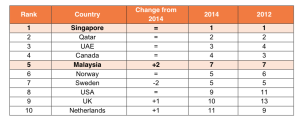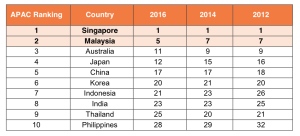Concrete Asia Launches First Dedicated Concrete and Construction Trade Show in Thailand
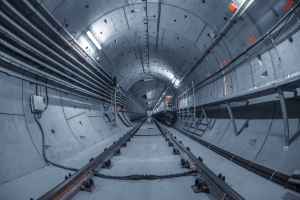
The 4-in-1 exhibition and conference aims to attract over 450 exhibitors, brands and thousands of trade professionals from across the region.
Scheduled to take place from 21 to 23 September, 2016 at the IMPACT Exhibition & Convention Centre in Bangkok, Thailand, Concrete Asia 2016 is jointly organised by the Asian Concrete Construction Industry in partnership with Globe International Events Consultancy Pte Ltd, Singapore and Impact Exhibition Management Company Thailand. It aims to gather industry professionals to network and display a full spectrum of the concrete supply chain in the world of civil construction for paving, surfacing, building and infrastructure.
Concrete Asia 2016 will be held as part of the Asian Construction Week, which also comprises of BMAM Expo Asia 2016 and GBR Expo Asia 2016, presenting a mega presentation in over 200,000 square feet of exhibition area that will showcase the latest products and technologies. There will also be more than 20 seminars and conferences held alongside during the Asian Construction Week.
Increased urbanisation, investment, government spending, and consumer spending has set Concrete Asia to target the Asian economies which is expected to double in the next 10 to 15 years. To accommodate the striving demand, the Asia’s construction market is expected to grow in both residential and infrastructure sectors. ASEAN is a trillion dollar economy, with growth expected to reach US$4 trillion in 2020 and is the perfect market for the concrete industry.
As the world enters the 4th industrial Revolution, which is also known as “Industry 4.0” defined by the application of Internet of Things (IOT), big data analytics, cyber-physical systems and many other advanced technologies, the concrete industry stands on the threshold of a major transformation that requires economies around the world, including Asia, to redefine and reinvent themselves in order to progress and thrive, according to Professor Dai Xianming, President of the Asian Concrete Construction Institute (ACCI).
“Besides having the exhibition itself presenting trade and networking opportunities, the event is also a strong content platform in terms of the trends, technology and knowledge which are essential for the continual development of the concrete construction in the region. I welcome all in the industry to grow their businesses to success together with our event when it officially opens in September 2016”, said Mr. Loy Joon How, General Manager, IMPACT Exhibition Management Co.
The 4-in-1 exhibition and conference aims to attract over 450 exhibitors, brands and thousands of trade professionals from across the region. The event’s hosted VIP buyer programme will also host more than 120 key buyers from across the region to facilitate close door buyer-seller meetings.


